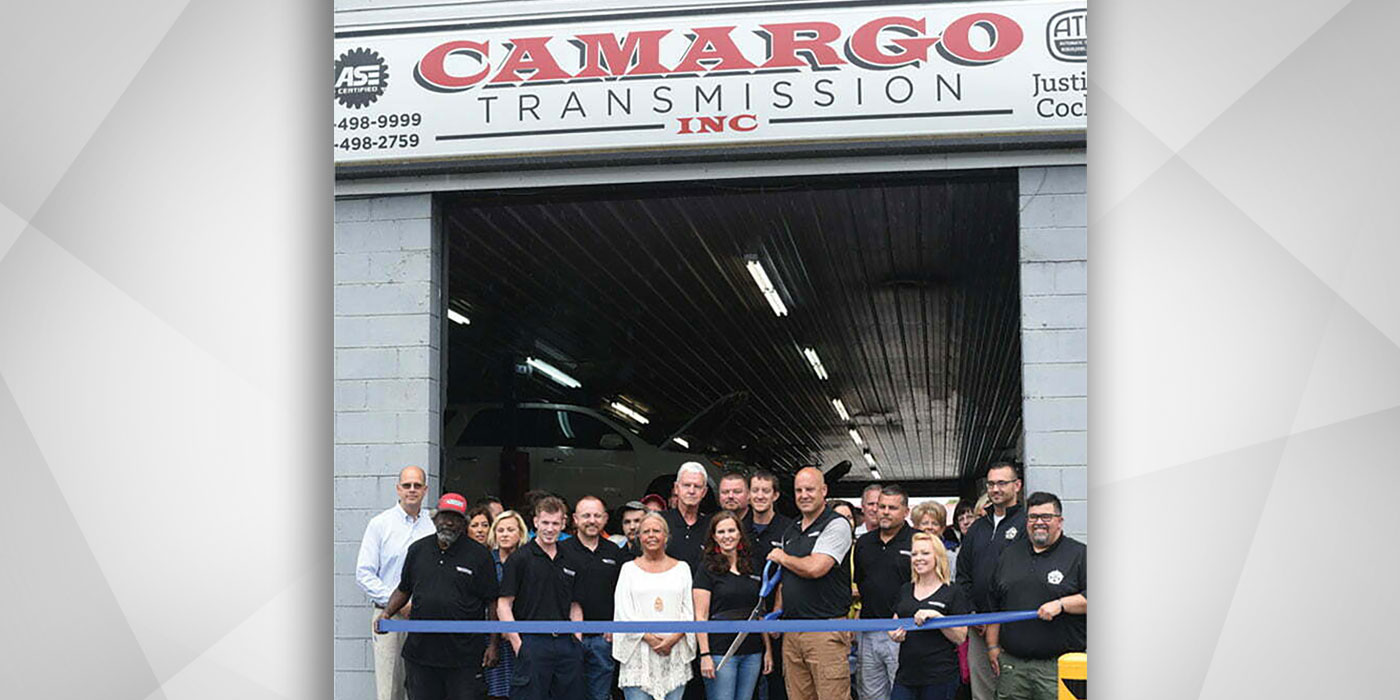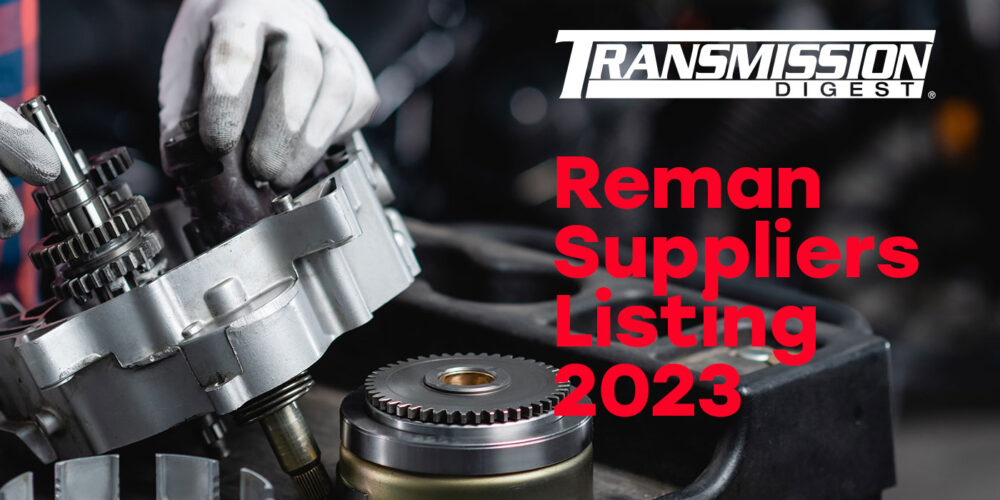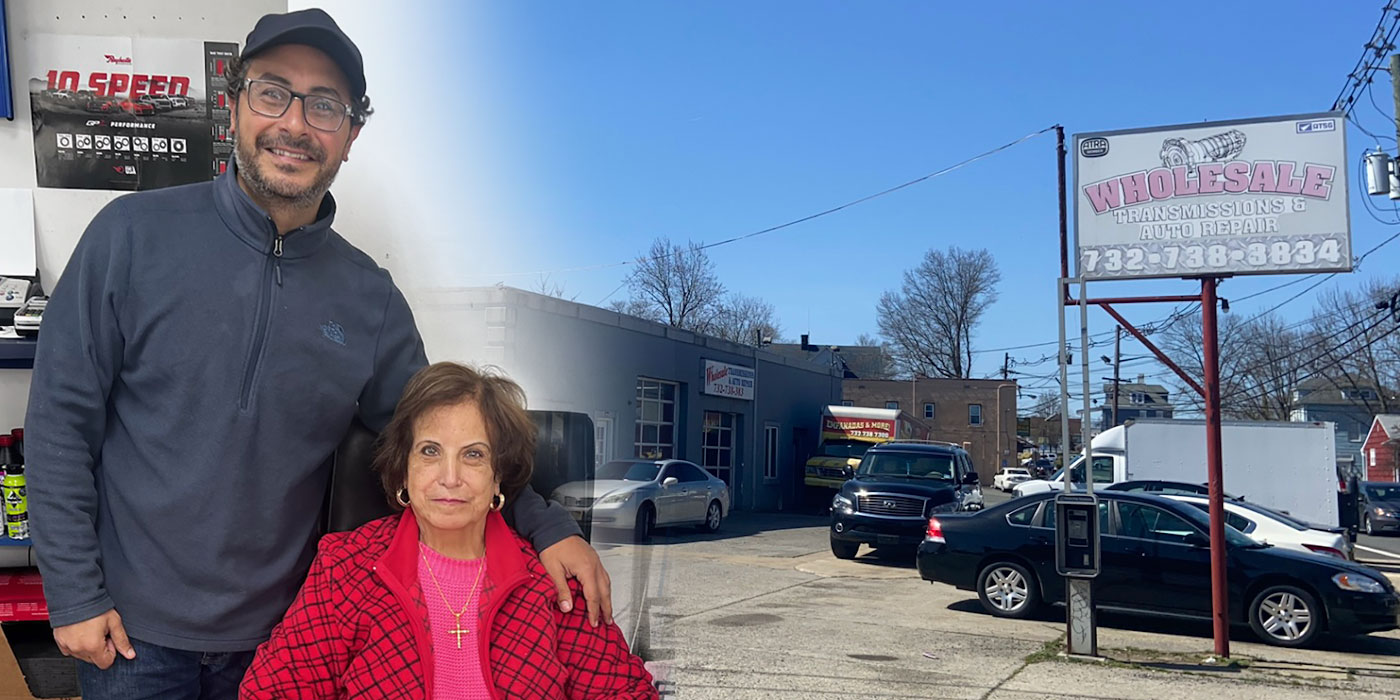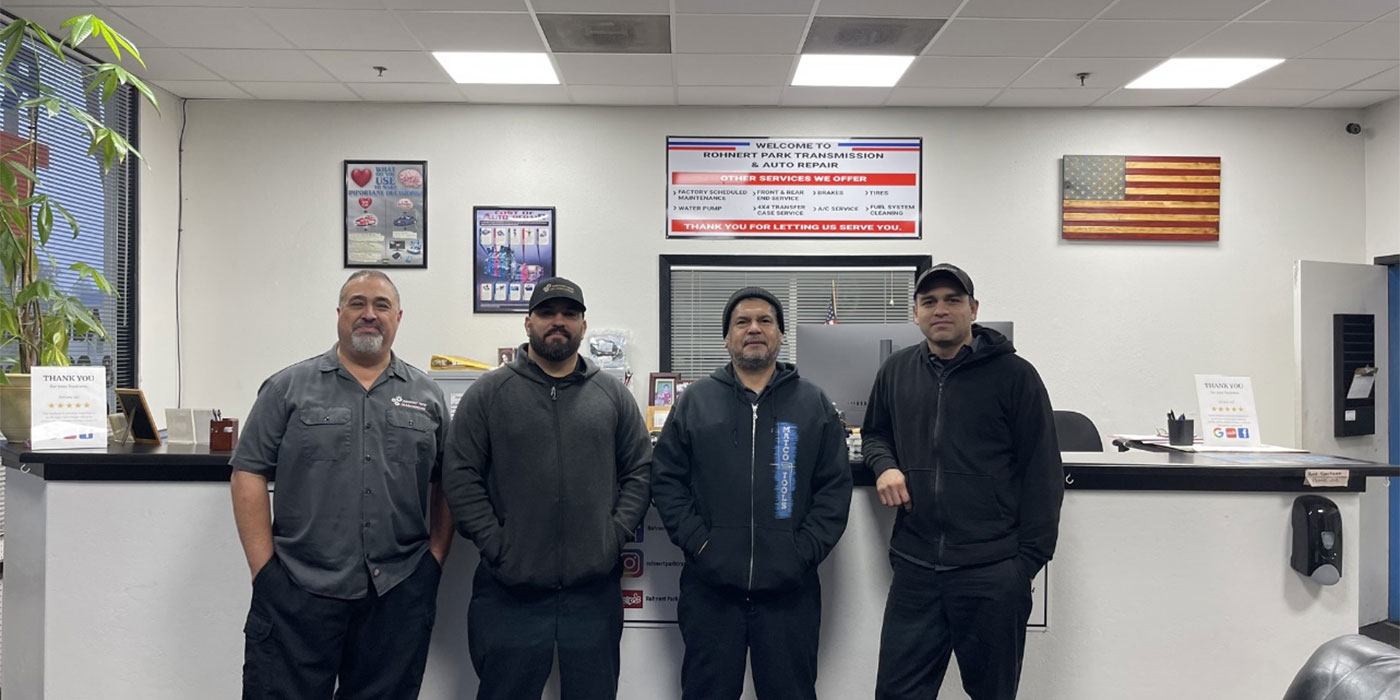
It’s Your Business
- Subject: Determining what your customers expect from you
- Essential Reading: Shop Owner, Center Manager
- Author: Terry Greenhut, Transmission Digest Management Editor
What do your customers really think of your shop and the services you have to offer? What do they really want from you? What will make them want to come see you again and how often? What incentives, if any, are important to them? What will turn a prospect who doesn’t seem to want to buy into a customer? What will it take to keep that customer for life? Do you know, or are you just guessing on the basis of your own feelings or a few comments that a handful of customers have made to you over the years.
Although many of us think we know what our customers want and need, we may be surprised to find out that we have been way off base with some, if not many, of them. As times change, their needs may have changed as well. For us to assume that we can keep doing business as usual for the long term is a dangerous and possibly costly assumption.
Just as in the selling process, the most-effective tool we have to gather information, and therefore to maintain control, is to ask questions. Although it is pretty easy to do that when a prospect is on the phone or standing right there in front of you, it can be difficult when you’re trying elicit this information from a previous customer or, worse, someone who called or came in but did not partake in any of the services you had to offer.
A common mistake in trying to plan for future business is to interview only customers who have already used the shop’s services, to find out how well satisfied they were. What about the ones who called or came in but did not buy? Wouldn’t it be a good idea to find out exactly – not generally, but exactly – what turned each of them off, to see whether it is a problem that can be remedied?
There may be certain issues that have no resolution, like the caller who wants a $3,000 transmission overhaul for $300. Neither you nor anyone else is going to be able to deal with that, but we can deal with and change courtesy issues, the routine we use in answering the phone or dealing with customers when they come into the shop, the cleanliness of our facilities, the way our employees respond to customer requests, and the quality and speed of the work we perform. For example, you might think that the time you take to perform any particular repair or maintenance task on a vehicle is within the customer’s tolerable limit, but what if it isn’t? What if a sizeable number of your customers think you work too slowly but just haven’t voiced that concern to you?
Always keep in mind that the customers you lose are not the ones who had a major problem with the work you did and who jumped up and down until you made things right. They were taken care of and probably will come back as long as you showed them enough respect while trying to solve their problem. The ones you generally lose are those who were quietly upset by the little things, like promises that weren’t kept or not getting that warm and fuzzy feeling from you or some member of your staff that would have made them feel welcome and wanting to return for more of the same.
We’ve all heard the stories about the occasional gruff old shop owner who barks at his customers and treats them like crap only to have them line up for his services. This might be true in some rare instances, but as a general rule courtesy, friendliness and providing services the customer wants and needs are the prevailing attributes consumers look for. Or are they?
You see, I don’t know. I’m guessing, just as you are. I could be right or far from it. The only way to know is to have my customers and prospects tell me, and the only way I’ll get that feedback is to ask them. The question, therefore, is not whether to ask, because you must if you really want happy customers who will generate leads and repeat business. The question is how to ask. What would be the best way to get people to give up the information we need?
I’m a big fan of bribery. When you want someone to do something, be prepared to pay for it. You wouldn’t work for nothing (I hope), so don’t ask your customers or prospects to. Give them something for their efforts. Want them to take a telephone interview or respond to a written survey; what’s in it for them? What do they get (of value) for participating? And it must be something of significant value, because otherwise you’re just one of thousands of companies looking for some kind of feedback from them.
What can we give them for participating? I could say, “Let’s give them a free oil change,” but here we go again assuming we know what will make someone respond. It could be different incentives for many different kinds of people. Maybe a baseball cap, a dozen golf balls, a T-shirt, a windbreaker, movie tickets, a free subscription to your company’s newsletter, access to special Internet coupons that only responders are made aware of, or something else. The key might be to have several different rewards available and let the responders choose.
There are Internet sites you can join that will help you design and distribute surveys. They can even track and analyze responses to give you a clear-cut picture of exactly what your customers and prospects expect of you. One such Web site is Zoomerang.com. It lets you design your own survey or guides you through creating one. It can help you distribute it and track results. There is a yearly membership fee involved, or you can check out the site for free to get some ideas as to what a survey should look like.
Don’t waste people’s time by asking worthless questions just to make your survey look larger and more impressive. Get to the point. If four or five questions will get you the information you need, then that’s all you should ask.
Of course, you will need e-mail addresses if you are going to conduct surveys. It’s the only cost-effective way to contact lots of folks at the same time. Start asking everyone who calls or comes into your shop to give you an e-mail address. Make sure there is a spot for one on your repair order and check-out sheet. If they want to know why, tell them it’s so that you can keep them informed about your special seasonal offers and discounts. Even someone you lose on the initial phone call can be a source of good information in a survey, but you will have to get an e-mail address to pursue the possibility.
Some questions you might want to ask (these can be multiple choice, yes or no, or require a typed response. Tip: Make it easy for them to respond, or else they won’t):
- 1) What brought you to us? Word of mouth, advertising (what form) etc.
- 2) Were we easy to find? Was our signage good and easily visible? Could you conveniently get into our lot and find a place to park?
- 3) Were you treated courteously by all members of our staff? If not, please tell us what happened.
- 4) Were you greeted immediately upon your arrival and waited on promptly?
- 5) Were you informed as to all the steps in our diagnostic and repair procedures so you would know what to expect?
- 6) Were all your repair or service options offered along with an explanation of why one service might suit your needs better than another?
- 7) Were all your service requests fulfilled?
- 8) Was your vehicle repaired or serviced properly the first time?
- 9) Was your bill fully explained so you knew exactly what you were paying for?
- 10) Was your vehicle returned clean?
- 11) Did we meet or exceed all your expectations? If not, please explain.
- 12) Is there any reason you would not return or recommend us to a friend?
- 13) If you called but did not come in or if you brought your car for diagnosis but did not give us your approval to perform the necessary services or repairs, could you please tell us why so that we might do a better job of helping you or others in the future?
- 14) Was there any particular employee who you believe did an outstanding job of taking care of your needs?
- 15) What would you like us do better?
Just a few well asked and well placed questions can open your eyes to what customers really want and need from you, so you can provide them with the best possible experience.

Visit www.TerryGreenhut.com.













